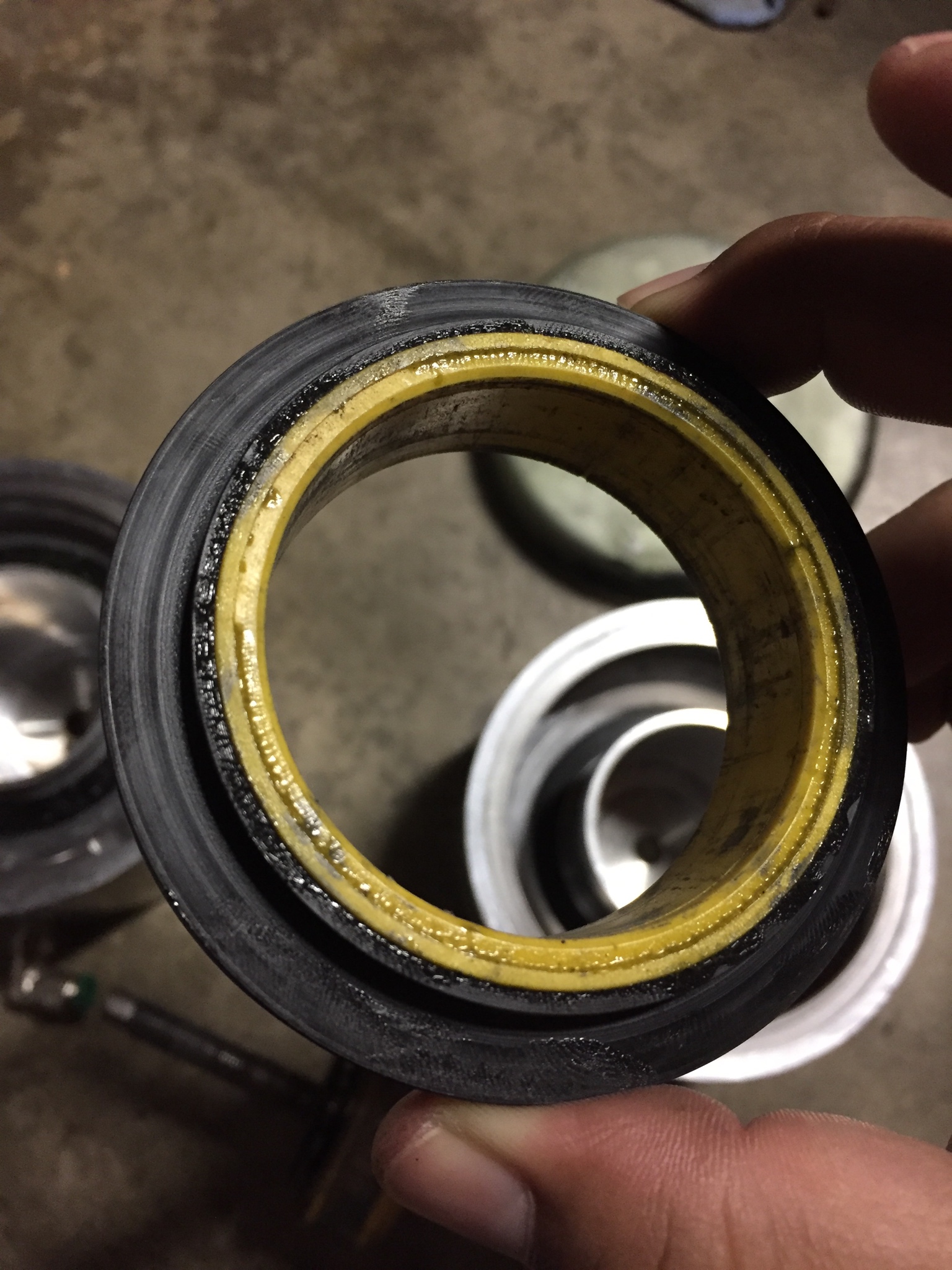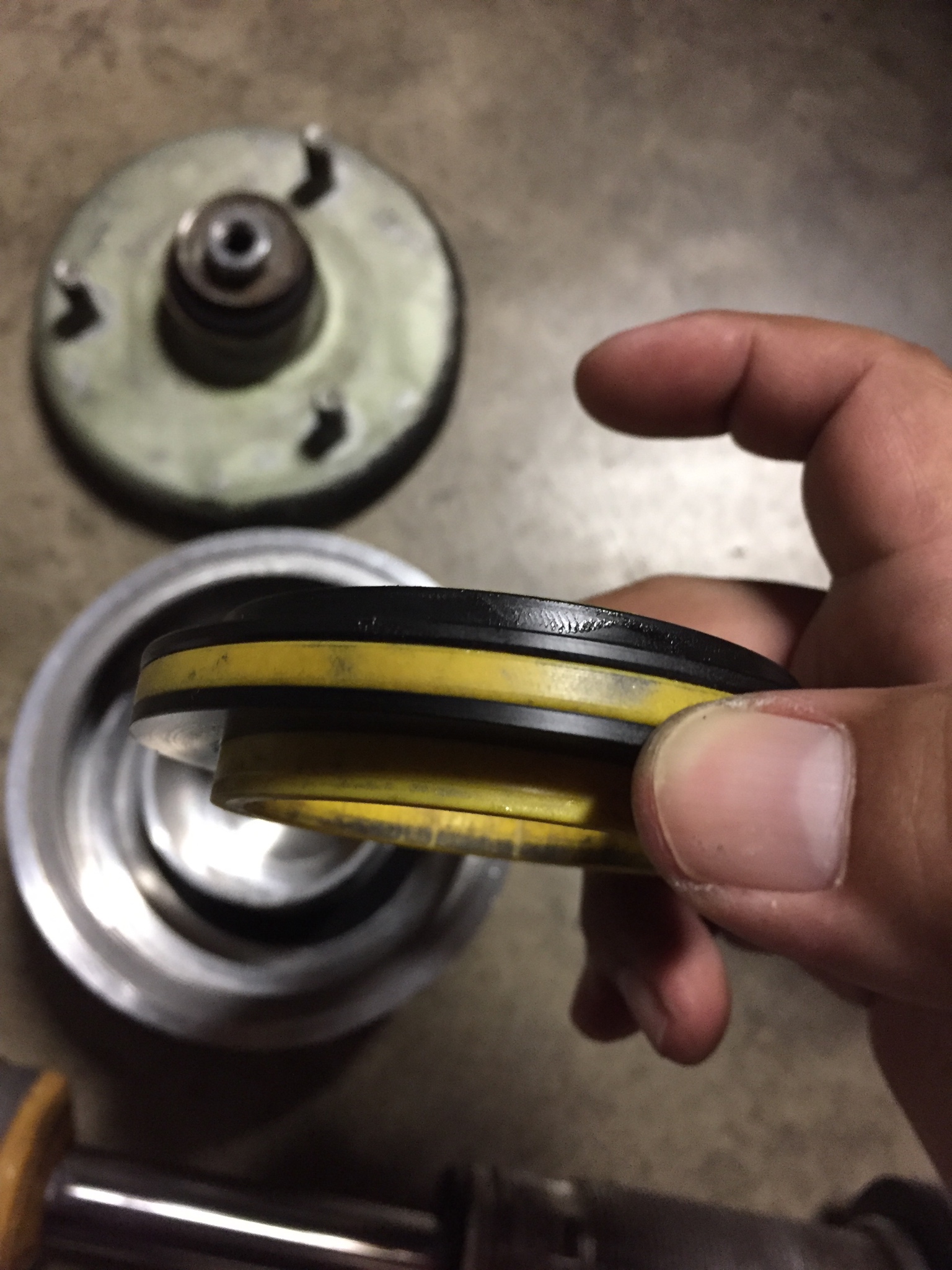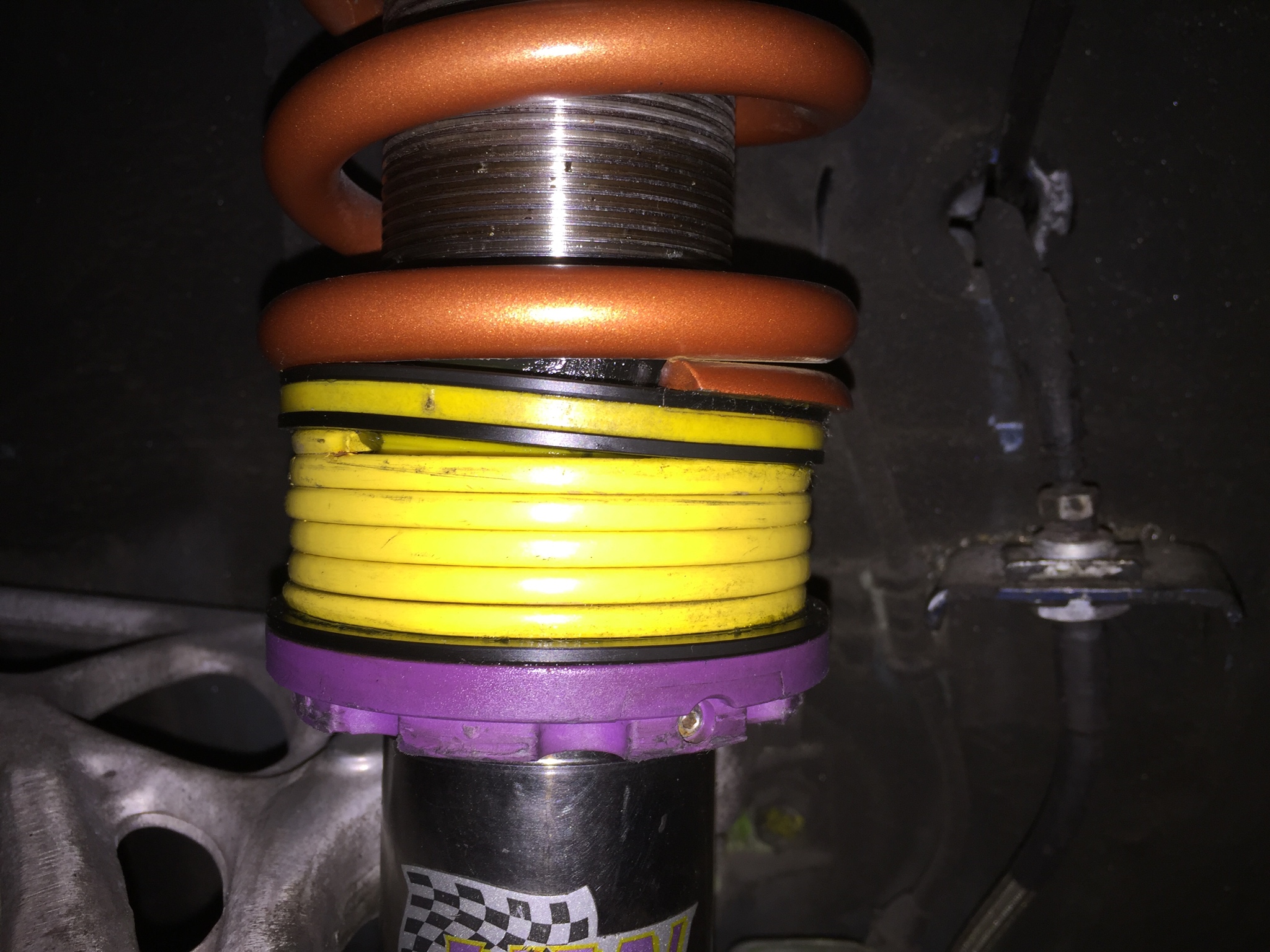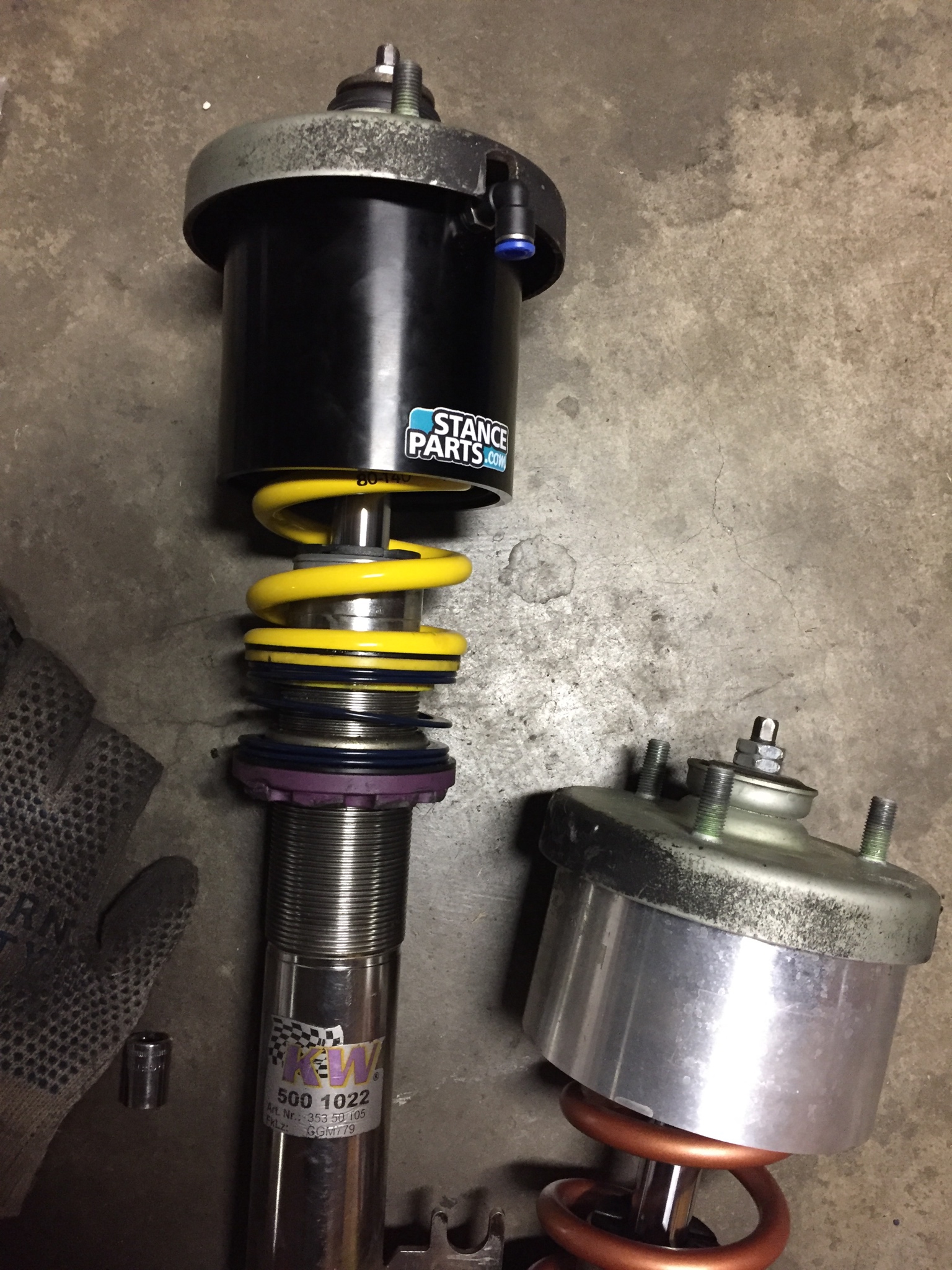I applaud you for actually using numbers this time, but you'll see that you over-complicated the motion ratio aspect when it is a constant factor for each scenario that gets cancelled out when comparing the delta's in compressed height. Why get into an explanation of that and confuse the person asking the basic height question when it is irrelevant for the height comparison? We both ended up with a delta of 0.5" which is what I was originally proving with my simplification. Good engineers can communicate ideas simplistically, yet get the correct values because they know what factors actually are important when getting a point across.
BTW, you've posted incorrect statements in the past about the NSX suspension geometry (toe-in/out under load and the incorrect statement about toe arm location), so excuse me if I take what you write with a grain of salt. I'm 99.99% sure you're no engineer and are just repeating things you may have heard or using other internet calculations. Please tell me if you're an engineer. If you bothered to do the analysis or measurement of the front and rear suspension instead of simply repeating what you've heard, you'll find that the front motion ratio varies between ~0.75 to 0.7 as I stated above. It's a function of position due to the non-linearitity of the design. Because he wants it low, I used the more appropriate ~0.7 value, which yes, is close to 0.67. That's what the ~ means in engineering. Try to keep it simple yet effective because I'm pretty sure by this point, no one else on this forum cares about what we are writing :biggrin:
We seem to have a fundamental disagreement about whether or not simply switching to the same length spring yet softer will work for him. That's fine, I know it works because I've done the math and have used it in my application. No, I don't have a KW setup. Mine is actually pictured above, but you must have missed that since you're asking. You don't seem to comprehend what others write - only what you're thinking about. You have personal experience with swapping to shorter, stiffer springs. Whatever works for you and you're happy with that's cool. I agreed that a shorter spring (ideally stiffer as you write) is an appropriate approach IF he wants a stiffer, harsher ride and cut into his bumpstops.
So yeah, those are the two choices....
Actually, there's the third that you wrote earlier in this thread about going to a thinner helper Hyperco spring than what KW supplies their coilovers with. That was a pretty good idea that I was unfamiliar with as I don't have the KW's. If he can get the block height measurements between what he has now and the Hyperco option, that may get him what he wants. I don't know, he's got some measuring to do to determine how close he can get between what he wants and what he can get with the options laid out here.
BTW, you've posted incorrect statements in the past about the NSX suspension geometry (toe-in/out under load and the incorrect statement about toe arm location), so excuse me if I take what you write with a grain of salt. I'm 99.99% sure you're no engineer and are just repeating things you may have heard or using other internet calculations. Please tell me if you're an engineer. If you bothered to do the analysis or measurement of the front and rear suspension instead of simply repeating what you've heard, you'll find that the front motion ratio varies between ~0.75 to 0.7 as I stated above. It's a function of position due to the non-linearitity of the design. Because he wants it low, I used the more appropriate ~0.7 value, which yes, is close to 0.67. That's what the ~ means in engineering. Try to keep it simple yet effective because I'm pretty sure by this point, no one else on this forum cares about what we are writing :biggrin:
We seem to have a fundamental disagreement about whether or not simply switching to the same length spring yet softer will work for him. That's fine, I know it works because I've done the math and have used it in my application. No, I don't have a KW setup. Mine is actually pictured above, but you must have missed that since you're asking. You don't seem to comprehend what others write - only what you're thinking about. You have personal experience with swapping to shorter, stiffer springs. Whatever works for you and you're happy with that's cool. I agreed that a shorter spring (ideally stiffer as you write) is an appropriate approach IF he wants a stiffer, harsher ride and cut into his bumpstops.
So yeah, those are the two choices....
Actually, there's the third that you wrote earlier in this thread about going to a thinner helper Hyperco spring than what KW supplies their coilovers with. That was a pretty good idea that I was unfamiliar with as I don't have the KW's. If he can get the block height measurements between what he has now and the Hyperco option, that may get him what he wants. I don't know, he's got some measuring to do to determine how close he can get between what he wants and what he can get with the options laid out here.










